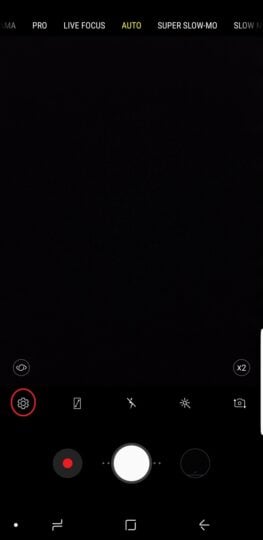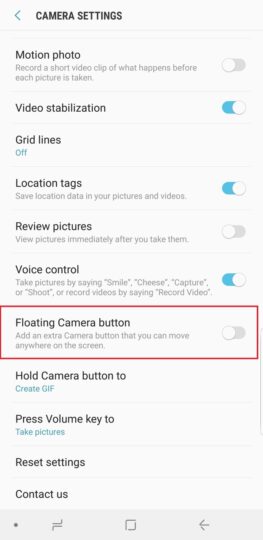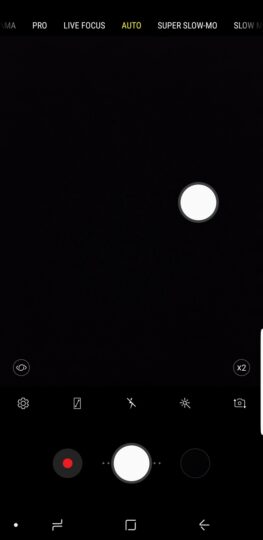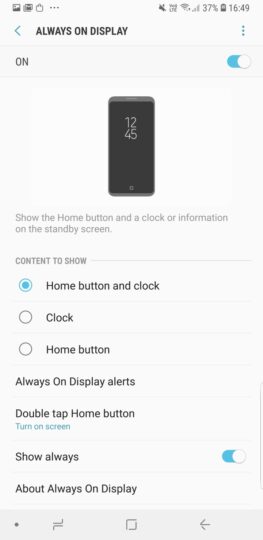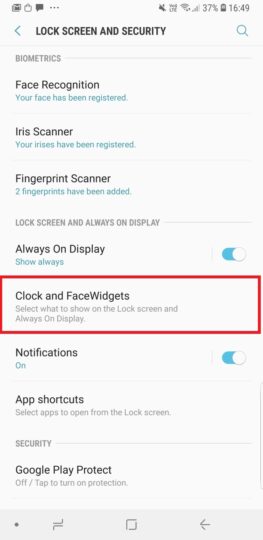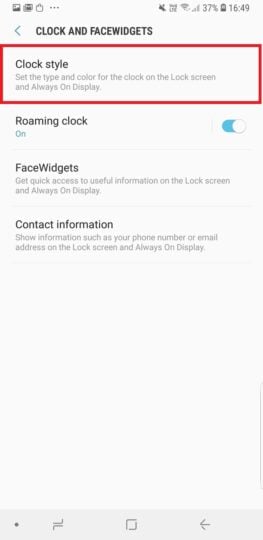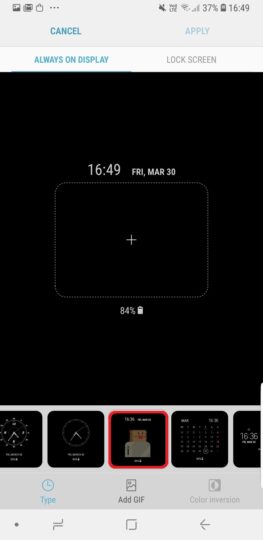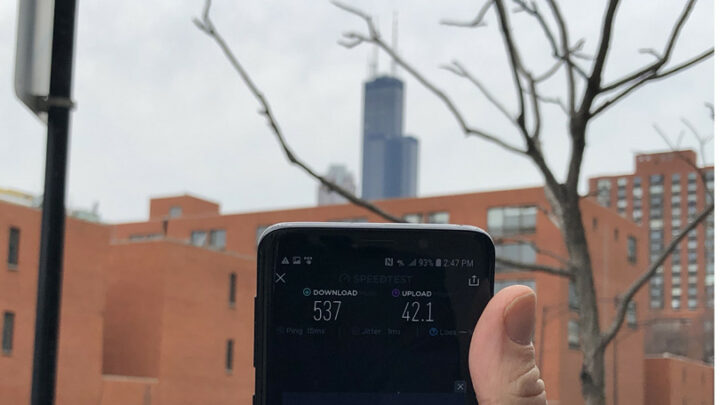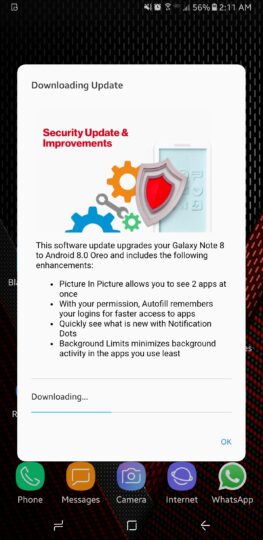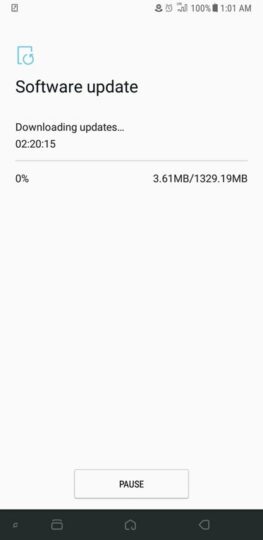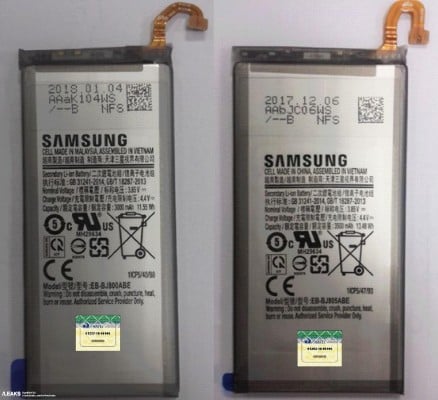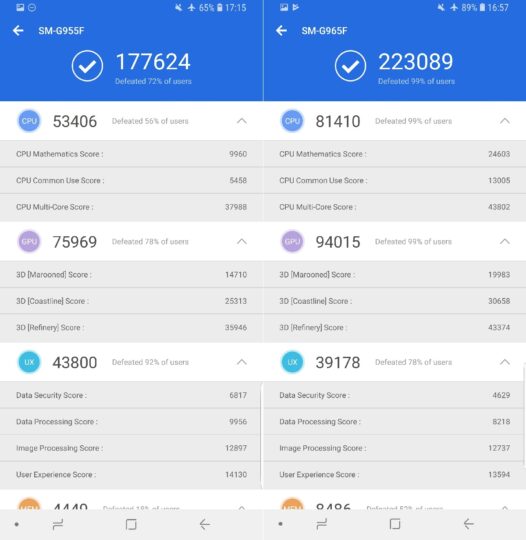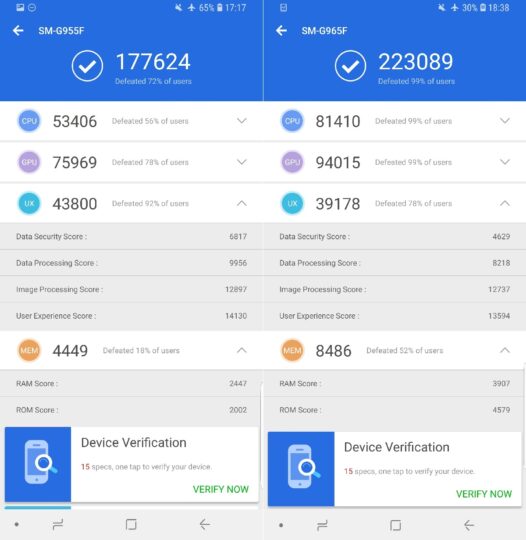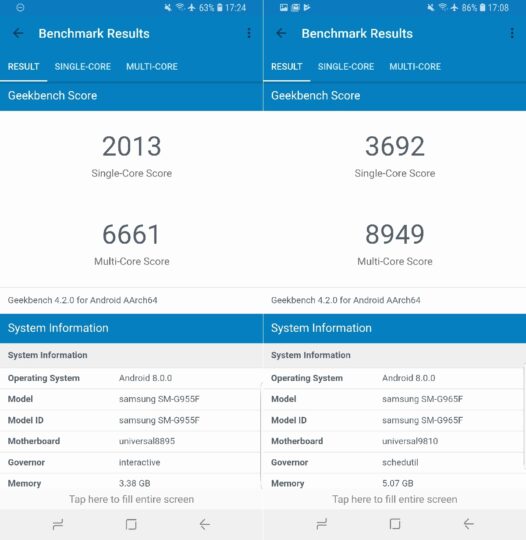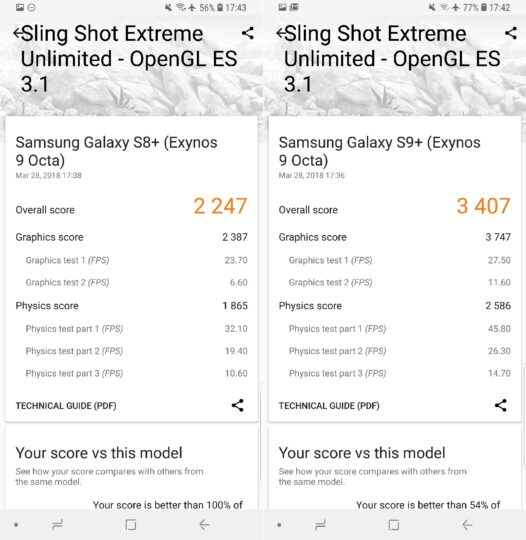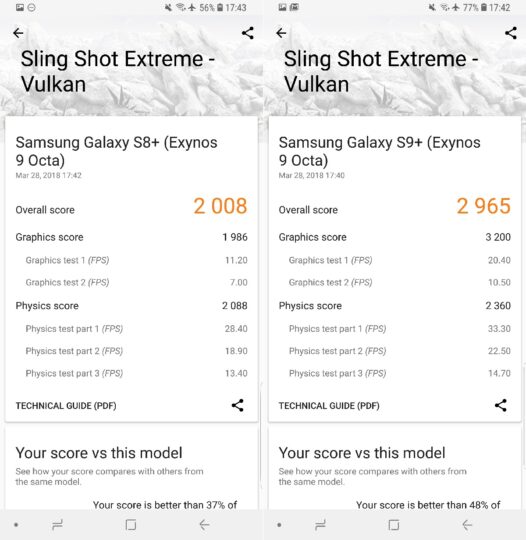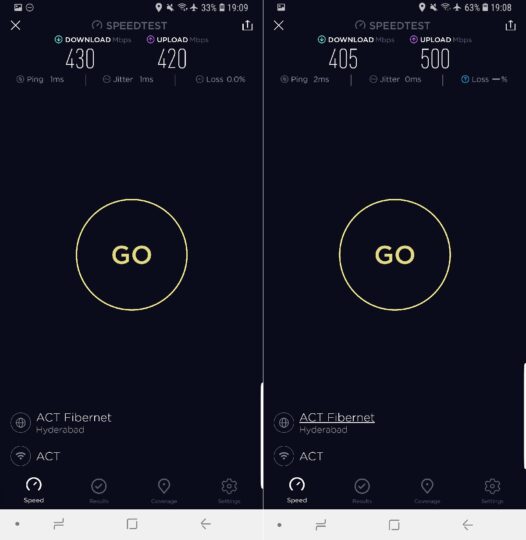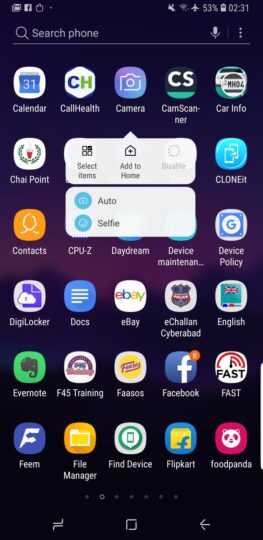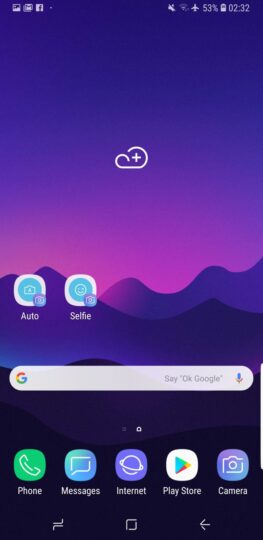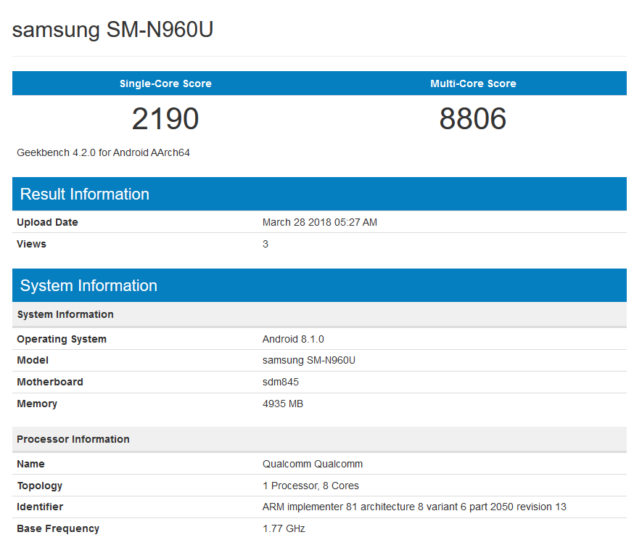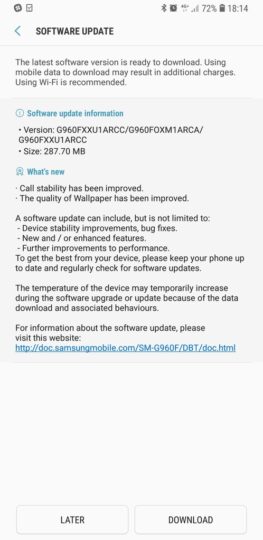Samsung has completed its Notebook portfolio today with the launch of the new Notebook 3 and Notebook 5. They’re relatively affordable compared to the company’s Notebook 9 and Notebook 7 Spin, Samsung says that the new laptops have been designed for everyday computing and casual gaming. They blend a seamless, fluid design with the latest hardware to balance power and usability.
The Notebook 3 and Notebook 5 are built for everyday computing
Both the Notebook 3 and Notebook 5 have a sleek zero-screw finish that’s in line with Samsung’s design language. Available in 14-inch and 15-inch displays, the Notebook 3 can be configured with up to 8th Generation Intel Core i7 processor and up to Full HD display resolution. The 15-inch model can also be configured with an NVIDIA MX110 graphics card while both models feature a 43Wh battery. Samsung hasn’t revealed the RAM and storage configurations as yet.
The Notebook 5 will only be available with a 15-inch display Full HD display and it too touts Intel’s 8th Generation Core i7 processor alongside an NVIDIA MX150 GDDR5 graphics card. It also comes with a 43Wh battery and a VGA front-facing camera. The specs certainly aren’t anything to write home about but they’ll be more than enough for those who just want a notebook that can handle everyday computing without any problems.
Samsung’s Notebook 3 and Notebook 5 feature a wide precision touchpad and full-sized keyboards with number pads. The keycaps are ergonomically crafted for comfortable typing. There’s an anti-glare panel on the display with the colors tuned by the Samsung Color Engine for vibrant images.
The company says that its new notebooks will be available for purchase in select countries including South Korea starting this month. A wider global release will see the Notebook 3 and Notebook 5 making their way to China and Brazil in Q2, 2018. Samsung hasn’t confirmed the prices for these new laptops just yet.
It goes without saying, though, that pricing and specifications will vary by market, so will the colors, which include Misty Gray, Night Charcoal, Deep Peach and Pure White.
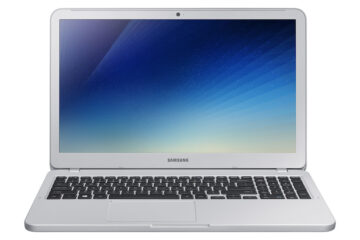



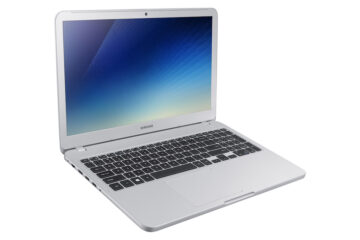
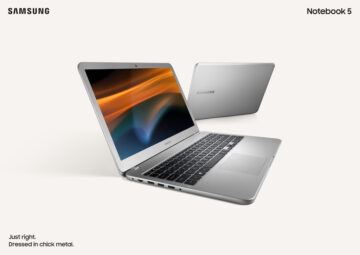
The post Samsung launches Notebook 3 and Notebook 5 for everyday computing appeared first on SamMobile.
from SamMobile https://ift.tt/2GGhChT
via IFTTT


